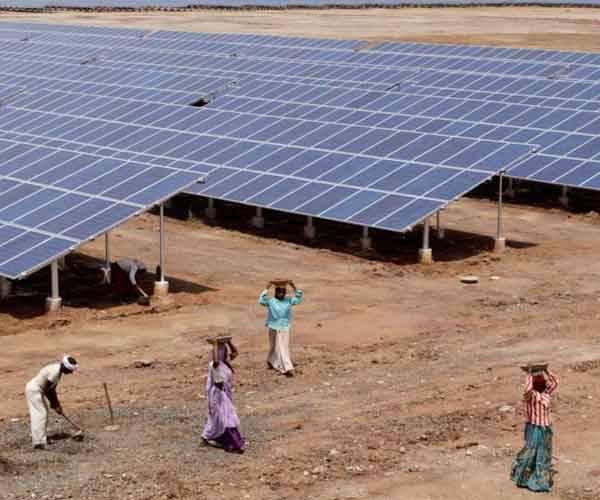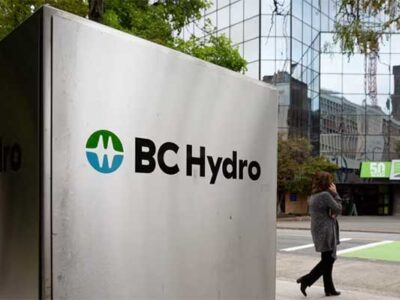A Quartz India story details how India’s booming solar sector is plagued by an uncomfortable truth: poor quality.
The article states “The solar modules or panels that form the industry’s backbone are sub-par and the many plants mushrooming across India are flawed in their construction, besides being poorly maintained, according to a study by PI Berlin, a German technical advisory firm.”
After analyzing six projects, the PI Berlin team found issues in nearly every aspect of the plants they surveyed.
These surveyed plants were chosen based on India-specific environmental factors such as the various climates, modules, and mounting structures, and state-wise solar capacity.
The survey was conducted in collaboration with the ministry of new and renewable energy (MNRE) and two state-run organizations, the National Institute of Solar Energy (NISE) and the Solar Energy Corporation of India (SECI).
Take module quality for starters.
Today, around 90 percent of solar panels used in India are imported from countries such as China and Malaysia since they’re cheaper than the locally-made ones that India is pushing for now.
But even the home-made ones aren’t top-notch, with even the government admitting that they use “obsolete technology.”
“After conducting the surveys on the six sites, it could be observed that no specific certificates beyond the basic IEC (International Electrotechnical Commission, a global standards body for solar panels) certification were requested by the owners to the module manufacturers,” PI Berlin said in the report.
Neither does the Solar Energy Corporation of India (SECI) insist on many certifications for the companies to apply for projects, PI Berlin found.
The components used weren’t up to the mark either.
For instance, the structures used to fix solar modules weren’t exactly made for that purpose.
“In case of strong winds, the modules might suffer severe damages,” the report said. “PV modules were observed at all sites with cracked cells … likely caused during transport, installation, and maintenance.”
Then there are the solar farms. It was found that firms didn’t focus much on maintaining the systems post-construction.
Many farms didn’t have full weather stations to monitor performance, according to PI Berlin.
Such problems resulted in poor performance and affected the investors’ returns.
It also found gaps in warranty and construction agreements between the plant-owners and construction firms.
“The Indian market is one of the most profitable yet risky for project developers and investors in photovoltaics (PV or silicon-based solar panels). While large-scale projects of over 100 megawatts (MW) are now common, the investment risks caused by the climate, poor installation, and lack of proper maintenance is on the rise,” PI Berlin said in a statement.
















Comments